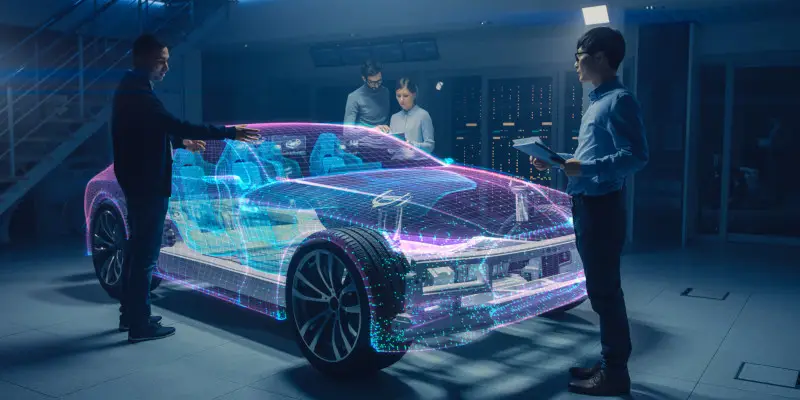
Turning an idea into a revenue-generating product can be a long and complex process, but it’s manageable with proper support and technology. In part one of our series, we covered the first steps of the idea-to-cash journey, including:
The next leg of the journey is the make-it-or-break-it phase for every product: transforming it from an idea into a tangible object. Here are the challenges you can expect to encounter, and the tools to help you overcome them.
The middle of the idea-to-cash journey is all about bringing a product design to life and getting it ready for market. At this stage, stakeholders in every department need to align on the product, its purpose, and design feasibility. The original concept of the product might change if sales and marketing don’t see its potential or the company is dealing with budget and production constraints. As you can imagine, this has the potential to be pure chaos — and it often is.
Here’s what makes this part of the idea-to-cash journey challenging:
Product Lifecycle Management (PLM) software is a type of database and project management system specifically designed for managing product data. PLM acts as a central database for all product information throughout a product’s lifecycle.
In this middle part of the journey, stakeholders can upload their own documents directly to the platform so that it’s available to everyone in real time, eliminating data silos and improving interdepartmental collaboration. Many platforms even enable chat or comments for more streamlined feedback and responses.
PLM also integrates with other software platforms commonly used in manufacturing, like Customer Relationship Management (CRM) software, Enterprise Resource Planning (ERP), and Configure, Price, Quote (CPQ) software, so engineers can stay in the loop on supply chain and marketing issues that might affect their designs, and make sure any changes don’t affect the viability of different configurations. Seamless data transfer between different platforms also eliminates bottlenecks and human error.
PLM enables unprecedented levels of collaboration and transparency in project management, and is indispensable for any modern manufacturer competing in today’s market.
Schedule a Product Demonstration with one of our specialists and see the benefits it can have on your operation. For more information on the idea-to-cash journey, check out Part 3 of our guide.